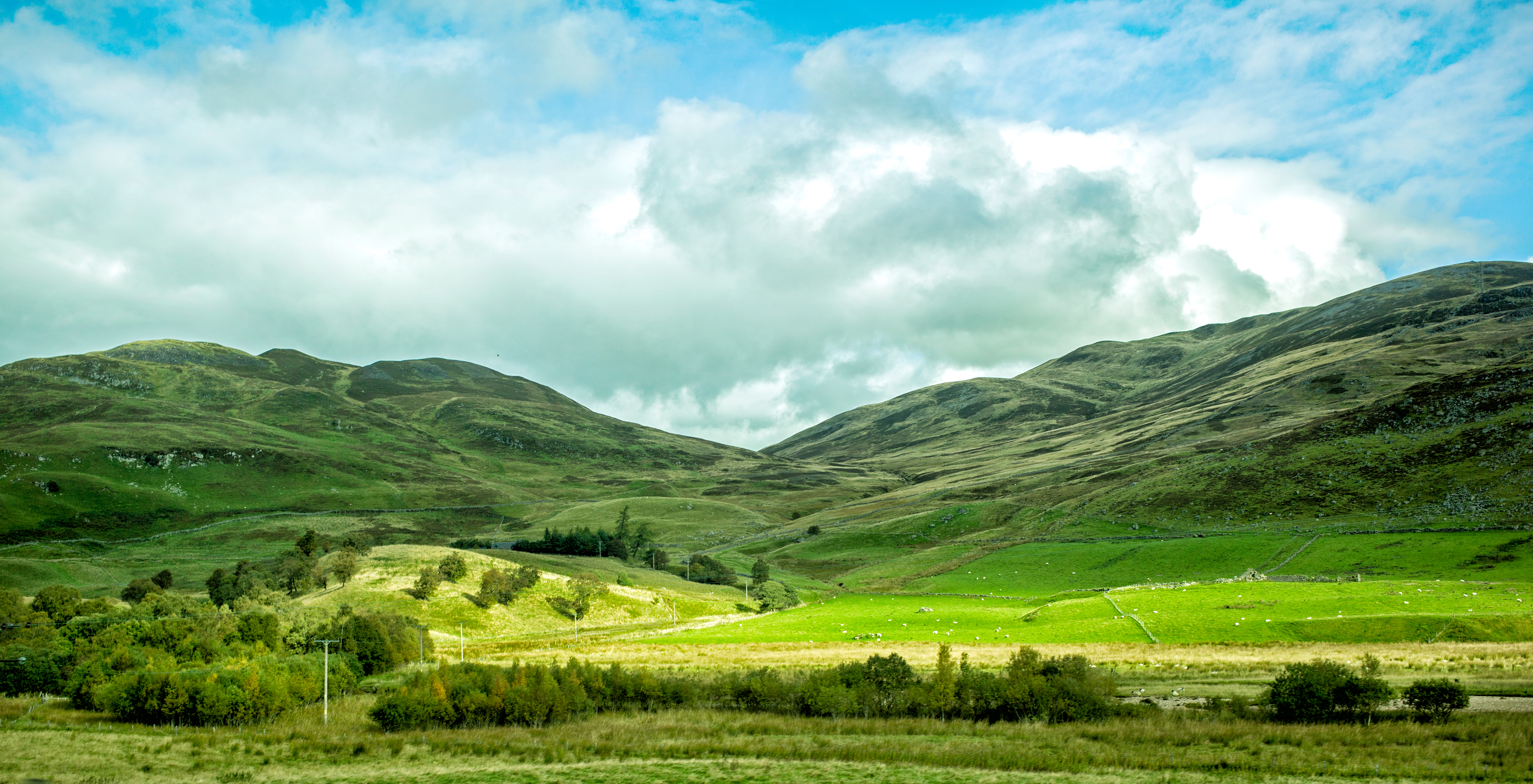Scotland’s new Land Reform Bill: what you need to know
Everything you need to know about Scotland's new Land Reform Bill.

Since devolution, Scotland has taken forward on an ambitious programme of land reform, seeking to overturn historic inequalities in the ownership of land across the country.
This new Land Reform Bill sets out the next suite of radical proposals to change how land is owned and managed in Scotland, delivering more for communities, climate and nature.
The Bill introduces measures in the following key areas:
- Ministers will have the power to break up large land holdings when they come up for sale, if it is deemed to be in the public interest. Sale of land holdings >1000 hectares will be prohibited until Scottish Ministers have considered the impact on the local community. This could lead to such large land holdings being put up for sale in smaller lots.
- Communities will be given advance notice of their right to buy lots up for sale. Communities will be given advanced notice of sales of certain large land holdings – this will empower them to purchase lots through Community Right to Buy laws. This could bring more land into community ownership and put to use for the wider benefit of the community.
- Large landowners must produce Land Management Plans, through engagement with the local community, to deliver actions to meet net zero targets and benefit communities. Landowners will also need to consider community requests to lease land. A new post of Land and Communities Commissioner will also be established to independently support the creation and implementation of land management plans.
- A new type of tenancy will be created, which encourages more diverse use of Scotland’s land. Land Management Tenancies will create a new option for tenant farmers who want to do more than just agricultural activity on their land, encouraging sustainable and regenerative farming practices which brings nature restoration, forestry and rewilding together with food production.
Scotland has one of the most concentrated patterns of land ownership in the world. We don’t think that it’s right that the ownership and control of so much of Scotland’s land is held by such a relatively small number of people.
This Bill is the next step in government’s ongoing programme of land reform, working within the powers currently available to us. Our vision is of a Scotland where everyone can have a strong relationship with the land and where land delivers many different opportunities to benefit people’s wellbeing, the climate and Scotland’s nature.
The proposals in this Bill require large landowners to fully recognise their rights and responsibilities to manage their land for the wider benefit of communities and the environment. It will also empower more communities to use the right to buy land that is put up for sale in their area, opening up new opportunities to enhance community wellbeing and the local economy.
The Bill will also radically reform tenant farming, to make it fit for the future. The current law on farm tenancies and smallholdings was put in place in the 19th and early 20th centuries – it is not fit for purpose for today’s farmers and smallholders. The legislation will allow tenant farmers to diversify their use of land, including for nature restoration, recreation and tourism in addition to food production. The new Bill will also ensure tenant farmers and smallholders are entitled to access new agricultural subsidies and that tenants will be treated fairly both during and when they leave their tenancies.
More communities will have a say in how large areas of local land are managed and enjoy more opportunities to use that land in a way that benefits local people and nature.
Communities have benefitted from the right to buy laws for over 20 years, but in rural areas in particular the size of estates has been a big barrier to more community ownership. When large estates come up for sale, it can be a challenge to raise the funds required to buy them, and taking on the entire estate might not always be in the best interest for the community.
This bill will introduce a test for all estates over 1,000 hectares which come up for sale, and Scottish Government Ministers will have the ability to break up estates into smaller plots if it’s deemed to be in the public interest. This will allow communities to buy just the areas which are relevant to their local plans, whether that’s developing community renewables projects, taking on rewilding opportunities, or running their own community led agriculture businesses.
For those land holdings which are not up for sale, large landowners will still be required to undertake community engagement in relation to how they manage their land. This must inform landowners’ land management plans which will outline how large land holdings will deliver community benefit. These proposals have been drawn up in response to the findings of the Scottish Land Commission, which has raised concern about the long-term negative impact concentrated land ownership is having on rural and island communities.
The Scottish Government will also be undertaking a further programme of work across the remainder of this parliament to inform future land reform proposals. This includes a review of existing Community Right to Buy powers - first introduced over 20 years ago - to increase community ownership in both urban and rural areas. This review is due to begin in summer 2024.
How will this Bill benefit Scotland’s farmers?
Scottish Greens committed to modernise legislation for tenant farmers and smallholders in the Bute House Agreement which saw Greens enter government for the first time in the UK. We want to see more opportunities for tenant and smaller farmers to play an active role in achieving our net zero climate target. This is particularly important as tenant farmers manage a fifth of all of Scotland’s agricultural land and can do much to drive the transition to regenerative farming.
The proposals in the Bill will give tenant farmers greater flexibility to diversify their businesses, both enhancing farm incomes and delivering for the climate and nature crises. There will also be powers related to rent reviews, a pre-emptive right to buy for farm tenants and ensuring fair compensation is paid to tenants when a landowner takes back any part of the land leased to them.
Owners of very large land holdings (>3000ha) must produce Land Management Plans, via engagement with local communities, setting out how they will use and manage their land in the years ahead. These plans will give the public greater access to information about large land holdings.
We believe large landowners have a responsibility to demonstrate how they are stewarding the land for the benefit of Scotland – both for its people and for nature. With a new Scottish Land and Communities Commissioner providing support, Land Management Plans will enable the largest estates to show how they are working to reduce carbon emissions and restore nature on their land.
The Bill has been introduced to the Scottish Parliament and MSPs will begin their scrutiny of the proposals in the coming weeks. A lead committee will be appointed to take public evidence on the proposals and question Scottish Ministers. You can read more about the legislation on the Scottish Parliament's website and keep up to date on our latest work on this Bill which will be led by our land reform spokesperson, Ariane Burgess MSP.

